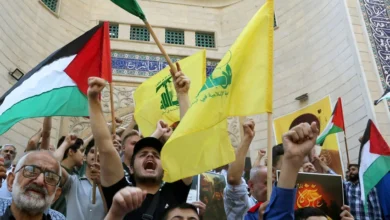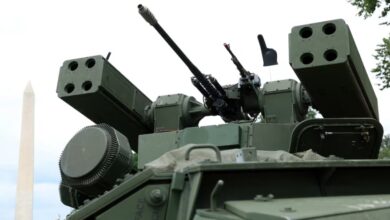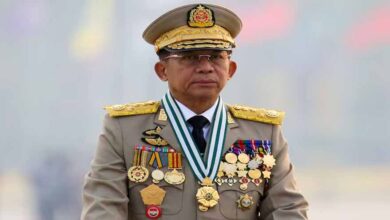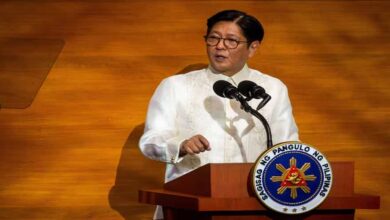The once-celebrated camaraderie between US President Donald Trump and Indian Prime Minister Narendra Modi has soured, with a Bloomberg report revealing how a single phone call may have accelerated the rift.
According to the report, a 35-minute conversation on June 17 changed the tone of US-India relations, eventually leading to Trump’s harsh public criticism of India and the imposition of 50% tariffs on Indian exports.
Phone call that sparked tensions
The report claims that during the call, Trump invited Modi to visit the White House. However, Indian officials said Modi declined, fearing the US leader might orchestrate a photo opportunity with Pakistan’s army chief, Field Marshal Asim Munir.
Indian officials viewed such a meeting as legitimizing Pakistan’s military, which New Delhi accuses of supporting cross-border terrorism. After Modi’s refusal, Trump’s tone reportedly shifted, with public remarks branding India’s economy “dead” and accusing it of “obnoxious trade barriers.”
Tariffs – final blow
Weeks later, Trump announced sweeping tariffs on Indian goods — a move described by analysts as the “final nail in the coffin” for their warm personal rapport. While the US cited trade imbalances and India’s purchase of Russian oil as reasons, Indian officials believe the diplomatic chill began with that June call.
Despite the tensions, the White House maintains that India remains a strategic partner, with State Department deputy spokesperson Tommy Pigott stating that dialogue will continue, even if both sides cannot “align 100% on everything.”
From ‘dear friend’ to diplomatic drift
When Trump began his second term, India was the first country to start trade negotiations with the US. But talks stalled as Modi refused to open up India’s dairy and agriculture sectors, citing the need to protect farmers, dairy producers, and fishermen.
Modi has made it clear that “Bharat will never compromise” on these interests, even if it comes at a personal political cost. While India has not retaliated to the tariffs, it is reassessing its reliance on Washington and exploring alternative partnerships.
On July 30, US President Donald Trump said that United States will impose a 25% tariff on goods imported from India starting on Aug 1.
In a fiery statement posted on his Truth Social platform on Wednesday, Trump criticized India’s trade practices, accusing it of maintaining “among the highest tariffs in the world” and enforcing what he called “strenuous and obnoxious non-monetary trade barriers.”
“While India is our friend, we have, over the years, done relatively little business with them because their Tariffs are far too high, among the highest in the World, and they have the most strenuous and obnoxious non-monetary Trade Barriers of any Country,” Trump wrote. “INDIA WILL THEREFORE BE PAYING A TARIFF OF 25%, PLUS A PENALTY, STARTING ON AUGUST FIRST.”
Later on Aug 6, in a major escalation of trade tensions, Trump imposed an additional 25% tariff on imports from India, citing New Delhi’s continued purchase of Russian crude oil.
Also Read: India to continue to buy Russian oil despite Trump’s threats
The new tariffs, signed under an executive order, come just a week after Trump announced an initial 25% reciprocal tariff, bringing the total to a steep 50%. The move follows the failure of recent US-Russia talks over the war in Ukraine.
Tariffs to take effect within 21 days
According to the White House statement, the latest round of tariffs will be implemented within the next 21 days. Officials described the decision as “necessary and appropriate” in response to India’s indirect and direct imports of energy from the Russian Federation.
The White House further noted that India continues to impose some of the highest import tariffs globally, a concern repeatedly raised by Washington in past trade discussions.







